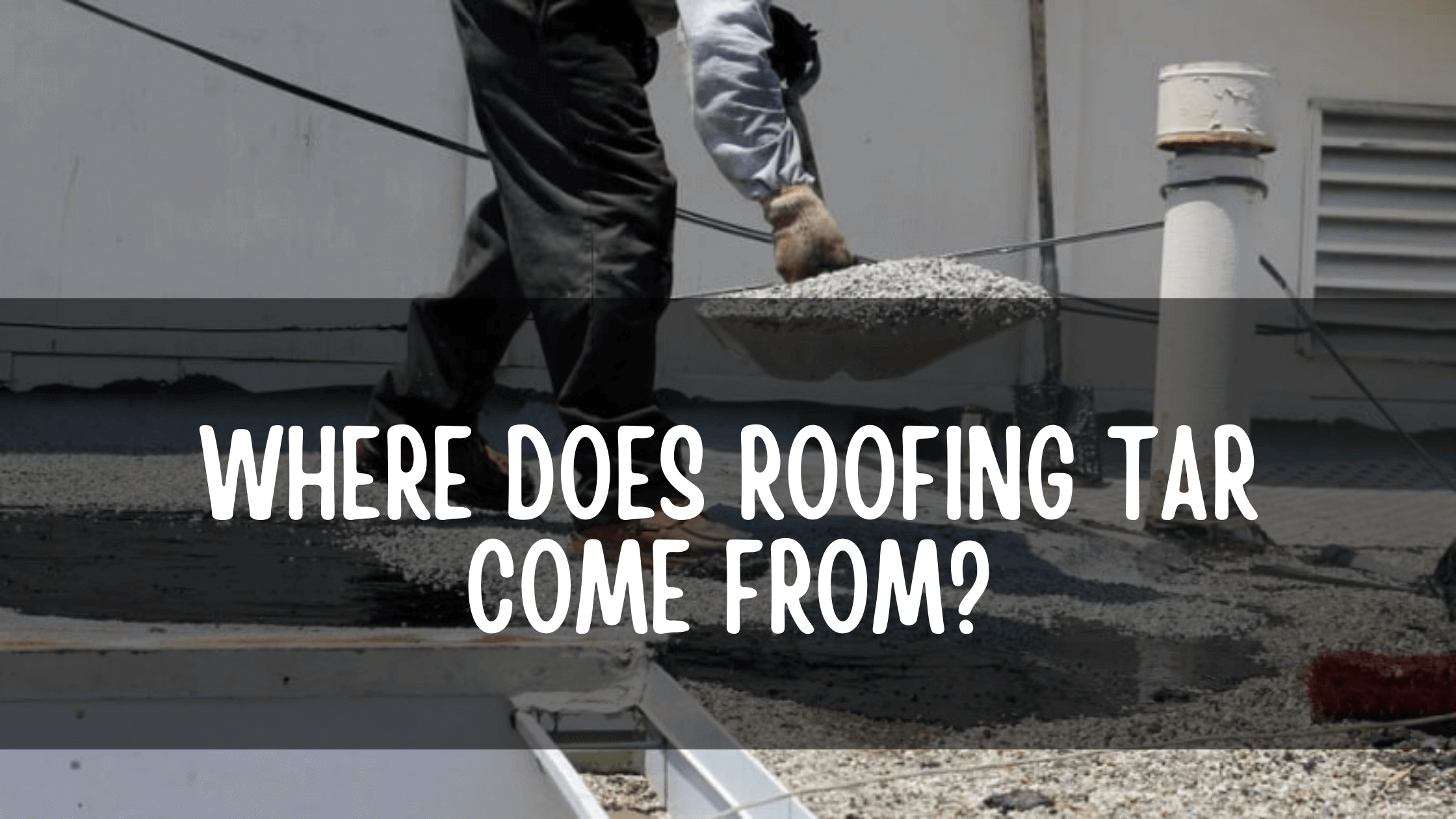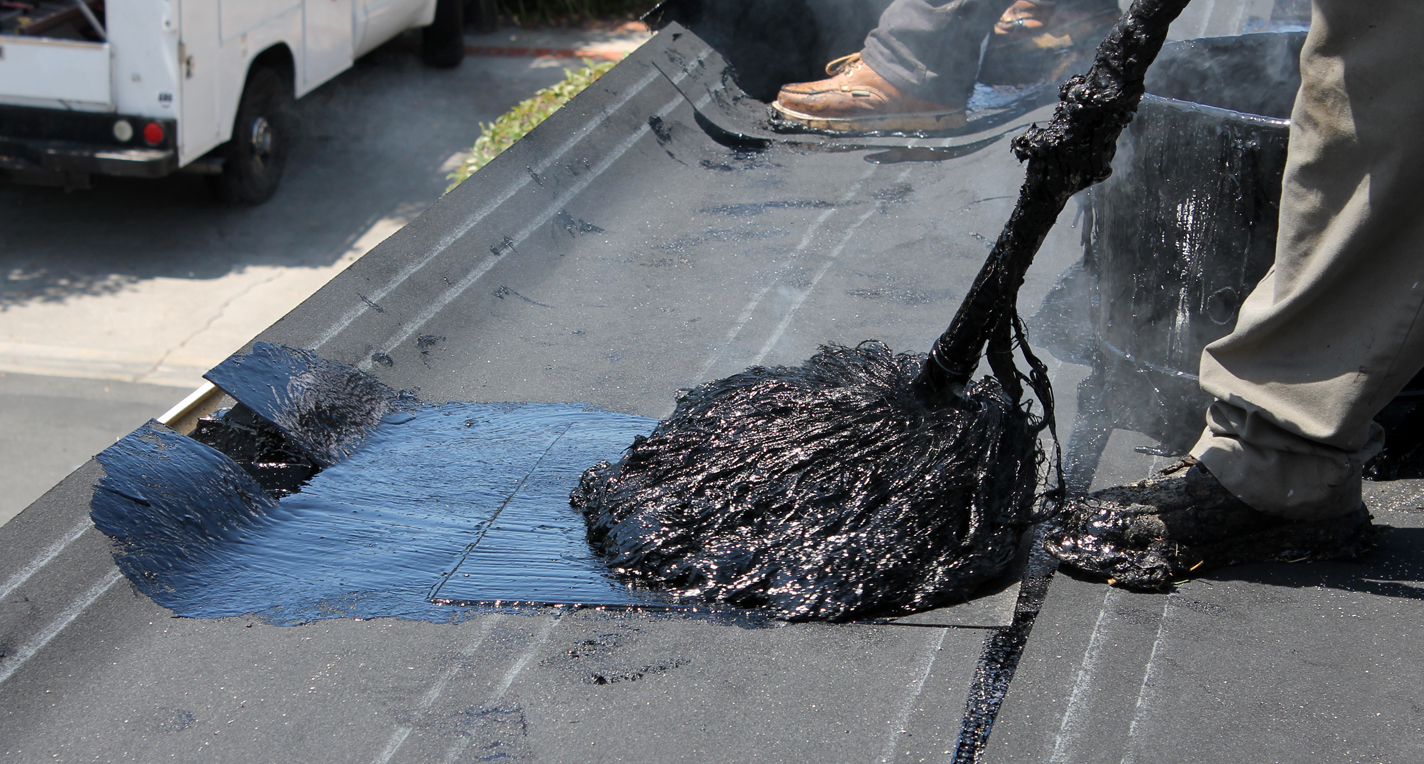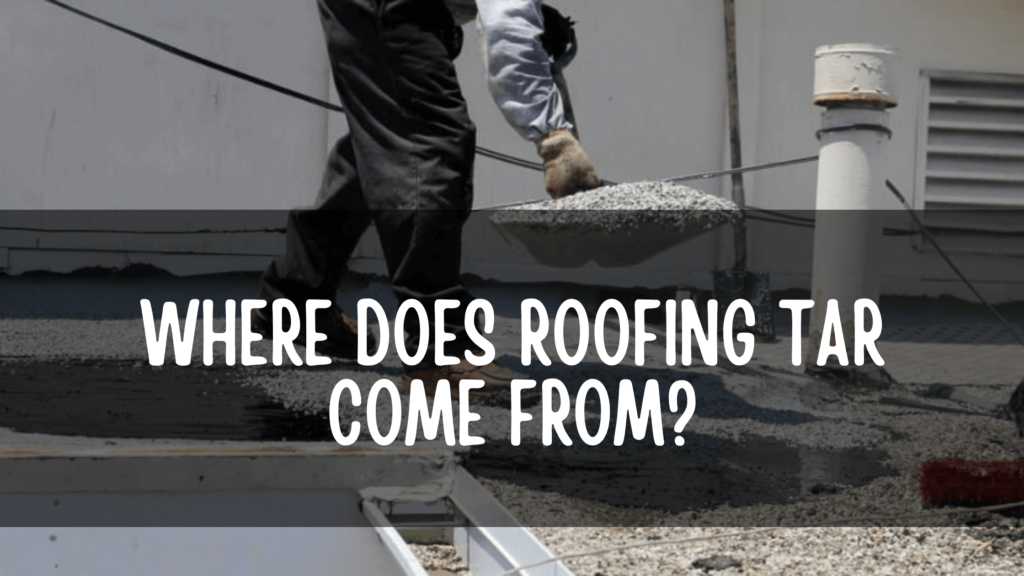Where does roofing tar come from?
Have you ever thought about what will you do if your roof is damaged? What is the best option to deal with the problem? You might not think about this until you have the problems right above you and decide to start looking for solutions, which is fair. However, sometimes being a bit more curious and proactive about what can be done in certain situations before they take place can save you time and money. And you will be learning what is useful and what is not in certain cases.

For repairs, roofing tar is a very common element you will cross paths with and it is because the mixture is what most people use to fix leaks and repair certain areas in flat roofs. This mixture is known for being dark and oily while also very effective to obtain the desired results. But what makes it so good for repairs? The oily texture?
To begin with, what is it made of? It comes from coal tar and petroleum byproducts, which explains both the color and texture and the effectiveness of the mixture. But how can coal tar be used in this type of material for roofing use?
Simple, it is refined and processed until obtaining the standard result that goes well for roofing use. Among the components, the coal one is what allows the roof to deteriorate slower, repair quite damaged areas, and guarantee the whole roof will last for many more years while resisting the climate.
What worries most people and leads them to understand from where it comes is the risk of asbestos. As you might know, asbestos is a harmful material that has been regulated over the years. It is very common in roofs that have been installed since the 70s or 80s and the components include petroleum as well.
This last part is what leads people to believe that roofing tar is not the best option because the formula might have it included as well. Fortunately, most coal tar in the market are asbestos-free and can be used without worrying about this element in particular. However, the formula and composition of the tar can be more elaborated.
It may contain solvents, surface adherents, and plastics, which makes it harder to deal with in the long run when it comes to the health part. Now, considering all this, why use it? Many manufacturers are taking the time to fabricate some options that don’t include those elements and materials. They have the same main materials but some additions are excluded or treated to be removed from the formula.


Why do you need roofing tar?
It is always used for repairs, so the function is reduced to this only but I assure you it will be the best one in the market. Now, the real question you should be asking is, can you handle it when repairing your roof?
Repairs shouldn’t be handled by people without the right equipment and experience. But if we focus on the tar you will use in specific, things can go wrong with this alone. Using the wrong product can cause extra damage to the roof and put you in a bad position where accidents take place quite easily.
In short, you don’t want to deal with this alone even when accessing roofing tar is so simple and easy. There are many options in the market and all of them might or not have more ingredients and components than the ones we mentioned based on where they come from.


